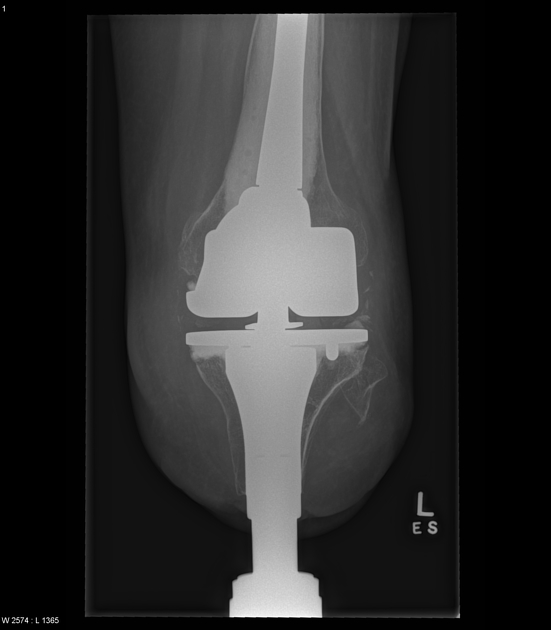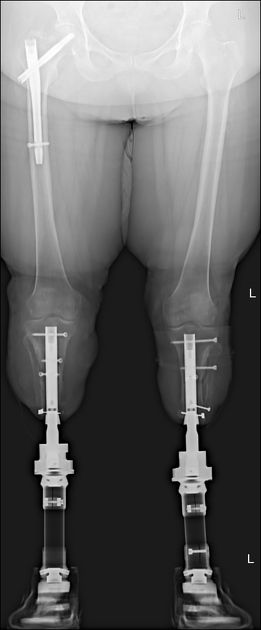Osseointegrated implants (OI) are endosteal implants characterized by porous surfaces that allow a direct structural connection between bone and implant without interposed soft tissue and ingrowth and interdigitation of the newly formed lamellar bone.
Osseointegration has been defined as direct mechanical and functional contact between living bone and implant 1. It is considered an important factor of implant stability and has been achieved with various metals, ceramics and biostable polymers 1-3. The definition of the term has been modified over time, and a more thorough description has been suggested that includes the following aspects 2:
stable support of the implant under functional load
direct contact of the formed bone and the implant without interposed connective tissue
absence of motion between implant and surrounding tissues under functional loading conditions
osseous and bone marrow components adjacent to the implant surface at light and electron microscopic levels
The main determinants for osseointegration have been reported to include 3,4:
implant surface: apposition is better with porous and/or fluted surfaces (50-400 µm)
implant design: better designs reduce shear forces and distribute the load
quality of host bone
-
preparation of the surgical site:
gaps might prevent osseointegration and lead to fibrous tissue growth
less fitting implants might lead to localized stress or stress shielding
loading conditions: micromotion during the early healing phase might lead to a fibrous tissue interface
prevention of infections
Osseointegrated implants are used for the following purposes 3,5:
endoprostheses
after amputations e.g. transfemoral osseointegrated implant (TFOI)
bone-anchored hearing aids
The following metals have been used for the fabrication of osseointegrated implants 3:
On this page:
History and etymology
The term osseointegration was coined by the Swedish orthopedic surgeon Per-Ingvar Branemark and colleagues who discovered the integration potential between bone and titanium 1-3.
Radiographic features
Plain radiograph
Lucent zones or gaps between implant and bone might demonstrate an absence of osseointegration, aseptic loosening or infection.
Radiology report
The radiology report should include the following:
type and location of the implant
implant-bone interface
osteolysis and aseptic implant loosening
implant infection






 Unable to process the form. Check for errors and try again.
Unable to process the form. Check for errors and try again.